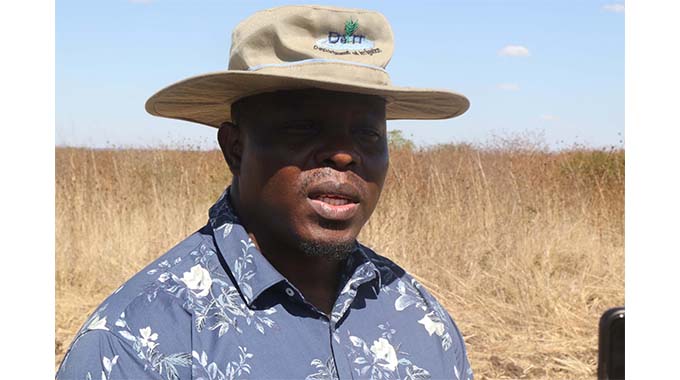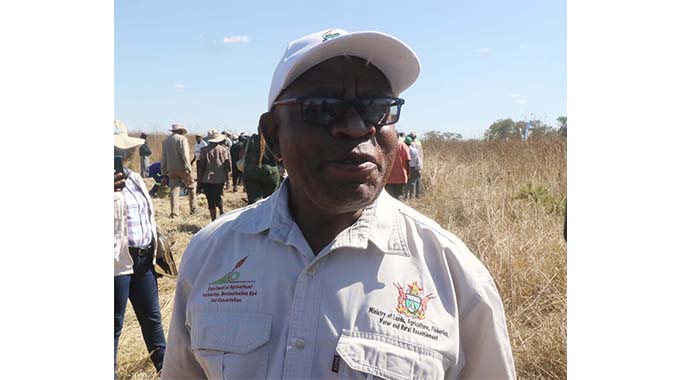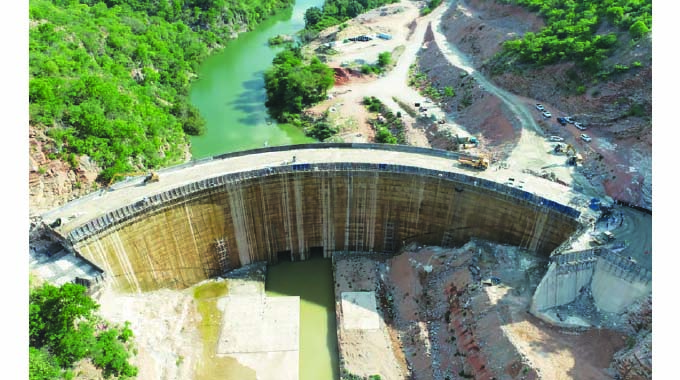WATCH: Government to capacitate small-holder farmers

Nqobile Tshili – [email protected]
GOVERNMENT is set to launch a mechanisation programme for small holder farmers as previous initiatives have largely benefited large scale farmers.
Agriculture is the backbone of the economy and the largest employer.
Officials in the sector believe it is an accelerator towards attaining Vision 2030 as envisioned by President Mnangagwa.
To ensure national food security, Government has invested in the procurement of mechanisation equipment and has partnered with Belarus and John Deere in the United States for the supply of tractors among other agricultural equipment.

Eng Martin Munyati-Director Agrc Engeneering mechanisation
In an interview, Lands, Agriculture, Fisheries, Water and Rural Development director of Engineering, Mechanisation, and Soil Conservation, Engineer Martin Munyatu said while Government has invested towards the mechanisation of the agricultural sector, this has mostly benefited large scale farmers, leaving the majority of farmers, who are smallholder ones.
“The John Deere and Belarus, these deals are for the big commercial farms, but we are also looking at the small holder farmers who constitute a big percentage of our farmers. We have about three million smallholder farmers and they are initiatives to mechanise these small holder farmers,” said Eng Munyatu.
“As you might be aware, mechanisation is capital intensive so there is a need to come up with facilities to assist farmers so that they can pay over a period.
“So, there are quite a number of facilities which are in the pipeline right now for the small holder farmers. Right now we are trying to promote the use of two wheel tractors.”
He said some tests are underway to establish how adaptable the two wheeled-tractors fit the Zimbabwean situation.
“Government has already contracted some local companies. Right now I can talk about 63 two-wheel tractors that have been delivered by a local company. We are also looking forward to the delivery of ancillary equipment, the planters, the shellers and so forth to boost our mechanisation capacity for the whole country. Something is coming up soon, even before the end of the year we would be launching a small holder mechanisation facility,” he said.

John Deere Mechanisation facility
Eng Munyatu said there is still more that needs to be done to fully mechanise the country’s agriculture which has a deficit of nearly 30 000 tractors.
“We have a huge gap in mechanisation equipment. Nationally I think it’s about 40 000 tractors and the ancillary equipment. At the moment, I think we are sitting at 12 000 to 13 000 functional tractors, to cover that gap Government has initiated a number of facilities,” said Eng Munyatu.
“In 2020 there was the launch of the John Deere facilities and the Belarus farm mechanisation facilities. These facilities have gone a long way in mechanising our facilities.”
On the other hand, Government is investing more resources towards irrigation as it moves to climate proofed agriculture in face of climate change.
The agriculture ministry’s director for Irrigation Development, Engineer Bezzel Chitsungo said this has seen Government increasing land under irrigation while targeting to irrigate 350 000 hectares by 2025.
“We are actually on an accelerated drive under the Agricultural Food Systems Transformation Strategy, there is the accelerated irrigation development programme, where we are trying to hasten the process of developing irrigation schemes. And putting in new infrastructure,” said Eng Chitsungo.
“You will notice that in 2020 we were on 170 000ha at national level which was functional but now we are talking about 193 000, which is now functional with irrigation infrastructure. This means that we have achieved an excess of 20 000ha in the past one and half to two years which has been modernised and put under advanced irrigation systems and mostly centre pivots type of technologies.”
He said Government is promoting the use of centre pivot and drip irrigation as water conservation in the irrigation schemes being revived.

Construction of Lake Gwayi-Shangani
“We are modernising some of the irrigation schemes from mostly surface or sprinkler to centre pivot so that we put in technologies that are able to save on water utilisation. So centre pivots and drip technologies are top when it comes to water utilisation and irrigation and these are the technologies that we are promoting and our colleagues from mechanisation are coming in with complementary equipment that is required,” he said. He said at the moment the country has 460 irrigation schemes covering 24 000ha of land that can be put under irrigation. Eng Chitsungo said with the threat posed by climate change Government is increasing its capacity to irrigate through the construction of water bodies. For instance, Government has identified 10ha of land to be irrigated in Matabeleland North when it completes the construction of Lake Gwayi Shangani, whose construction has surpassed 70 percent.
“When it comes to the irrigation potential the country has over 2 million ha that we ordinarily would put under irrigation, based on water resources and the transboundary waters and the water that is stored on several dams that Government has already invested in and proposed future dams, so according to our national programming pursuant to Vision 2030, we seek to develop up to,” said Eng Chitsungo. — @nqotshili











Comments